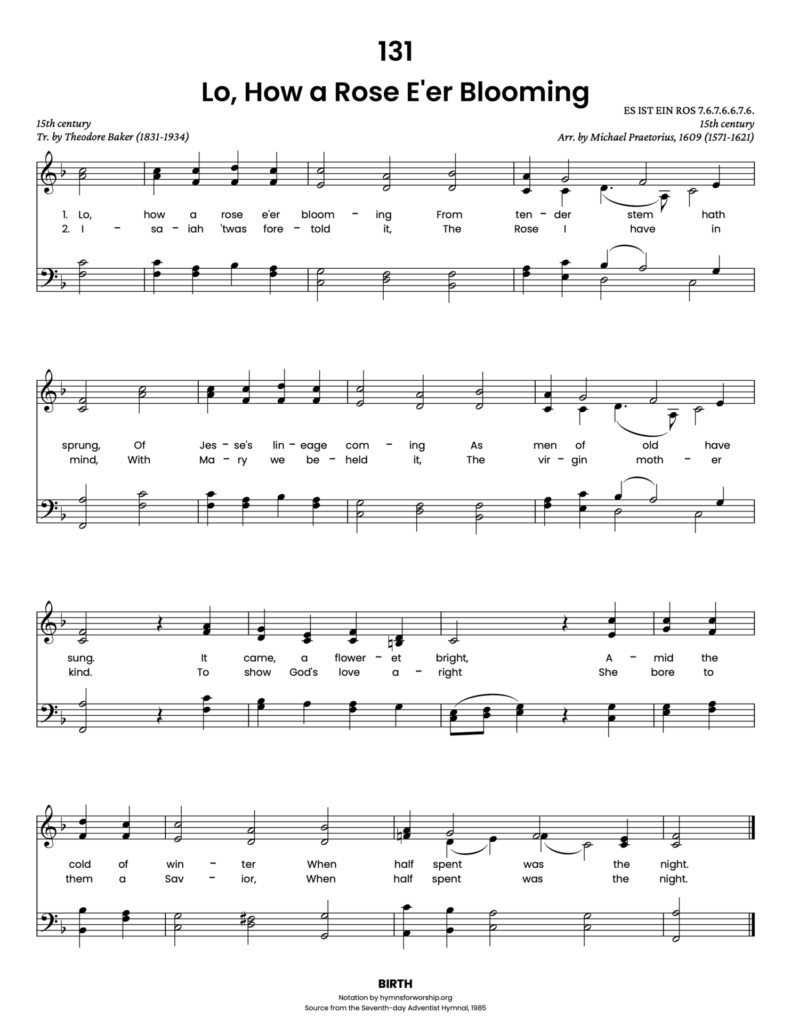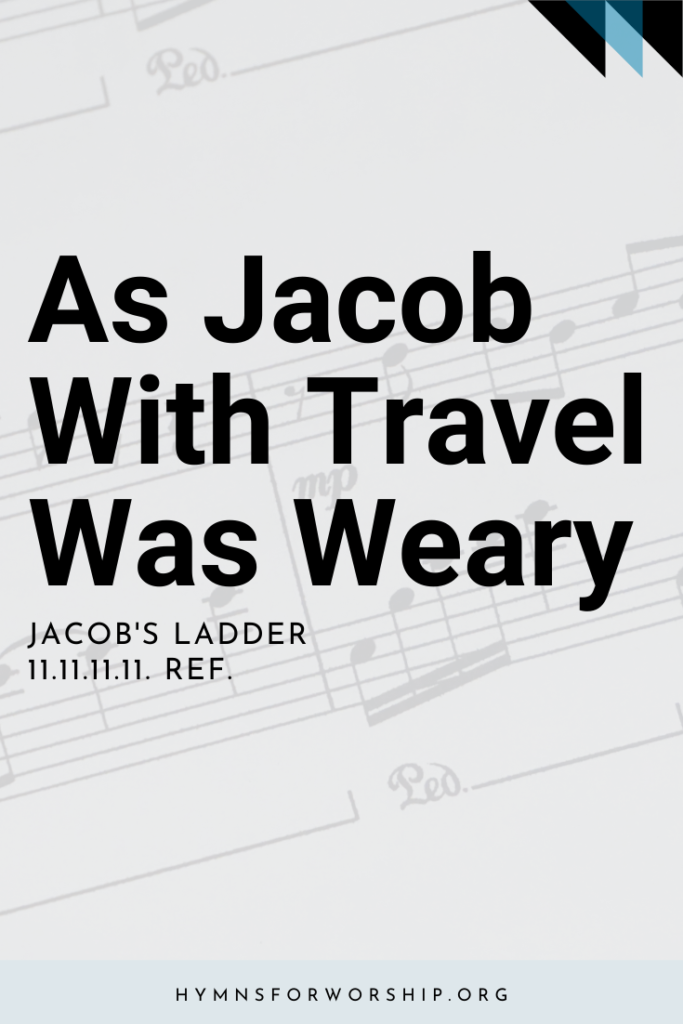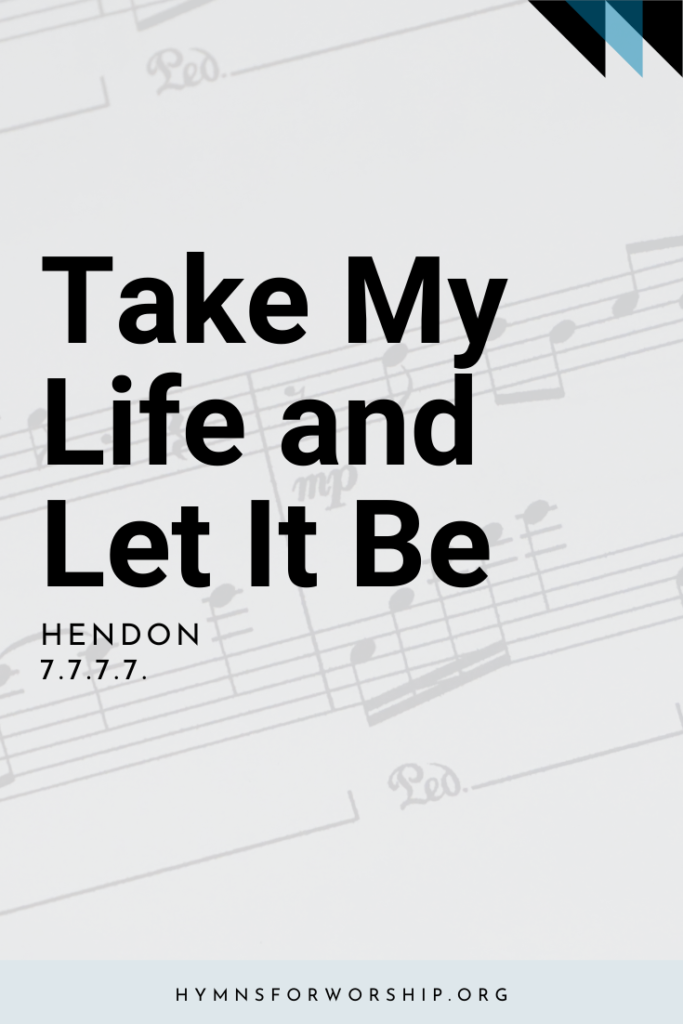JESUS CHRIST >> Birth
SDAH 131
Lo, how a rose e’re blooming
From tender stem hath sprung,
Of Jesse’s lineage coming
As men of old have sung.


Text
1
Lo, how a rose e’re blooming
From tender stem hath sprung,
Of Jesse’s lineage coming
As men of old have sung.
It came, a floweret bright,
Amid the cold of winter
When half spent was the night.
2
Isaiah ’twas foretold it,
The Rose I have in mind,
With Mary we beheld it,
The virgin mother kind.
To show God’s love aright
She bore to them a Savior,
When half spent was the night.

Hymn Info
Biblical Reference
(a) Isa 11:1 (b) Matt 1:23, 21
Translator
Theodore Baker (1851-1934)
Year Published
15th century
Hymn Tune
ES IST EIN ROS
Metrical Number
7.6.7.6.6.7.6.
Arranged
Michael Praetorius, 1609 (1571-1621)
Year Composed
15th century
Theme
BIRTH OF JESUS CHRIST

Get the hymn sheet in other keys here
Notes
Get to know the hymns a little deeper with the SDA Hymnal Companion. Use our song leader’s notes to engage your congregation in singing with understanding. Even better, involve kids in learning this hymn with our homeschooling materials.
This anonymous poem, probably dating from the fifteenth century, is inspired by the prophecy of Isaiah I: I, “And there shall come forth a rod out of the stern of Jesse, and a Branch shall grow out of his roots.” For the poet, it was only a tiny step from talking about Christ as a tree to talking about Him as a lovely rose, The earliest appearance of the original German text is in a manuscript from St, Alban’s Carthusian monastery in Trier. It belonged to a Brother Conrad, a Carthusian monk of Mainz, Germany, and was written between 1582 and 1588, It was first published in Alte Catholische Geistliche Kirkengesånge (Old Catholic Spiritual songs for the Church), 1599, in 23 stanzas. The familiar translation, which has been used in a number of choral arrangements, is by Theodore Baker (1851-1934; see SDAH 8), who was well known as a scholar and music editor for G. Schirmer, New York.
ES IST EIN ROS (There Is a Rose) is a German Rhineland carol that was also first published in Cologne with this text in the book mentioned above. It is sometimes called ROSA MYSTICA, The SDAH setting is from Praetorius’ Musae Sionaes, 1609. Undoubtedly, the staying power of this appealing tune is found in its rhythmic variety—four quarter notes, then three half notes, followed by a syncopated combination of both, It is in the common AABA form, but the B section is a short little “afterthought” that makes the whole delightful.
Michael Praetorius (a Latinized form of Schulz) was born February 15, 1571, in Kreuzburg, Germany. He began his career as bandmaster at Luneburg; in 1594 he moved to Wolfenbuttel to be organist, then bandmaster and private secretary to the duke of Brunswick. In addition to his many compositions, Praetorius is remembered for his Musae Sionae, 16 volumes of sacred music published between 1605 and 1612; Musa Aonia, nine books of secular music; and a staggering accomplishment for the time, his Syntagma Musicum, a three-volume encyclopedia of musical knowledge, which included a complete survey and analysis of all the music and instruments noted in the Bible. He died on his fiftieth birthday, February 15, 1621.
Another of his tunes is PUER NOBIS, SDAH 333.
from Companion to the Seventh-day Adventist Hymnal by Wayne Hooper and Edward E. White






